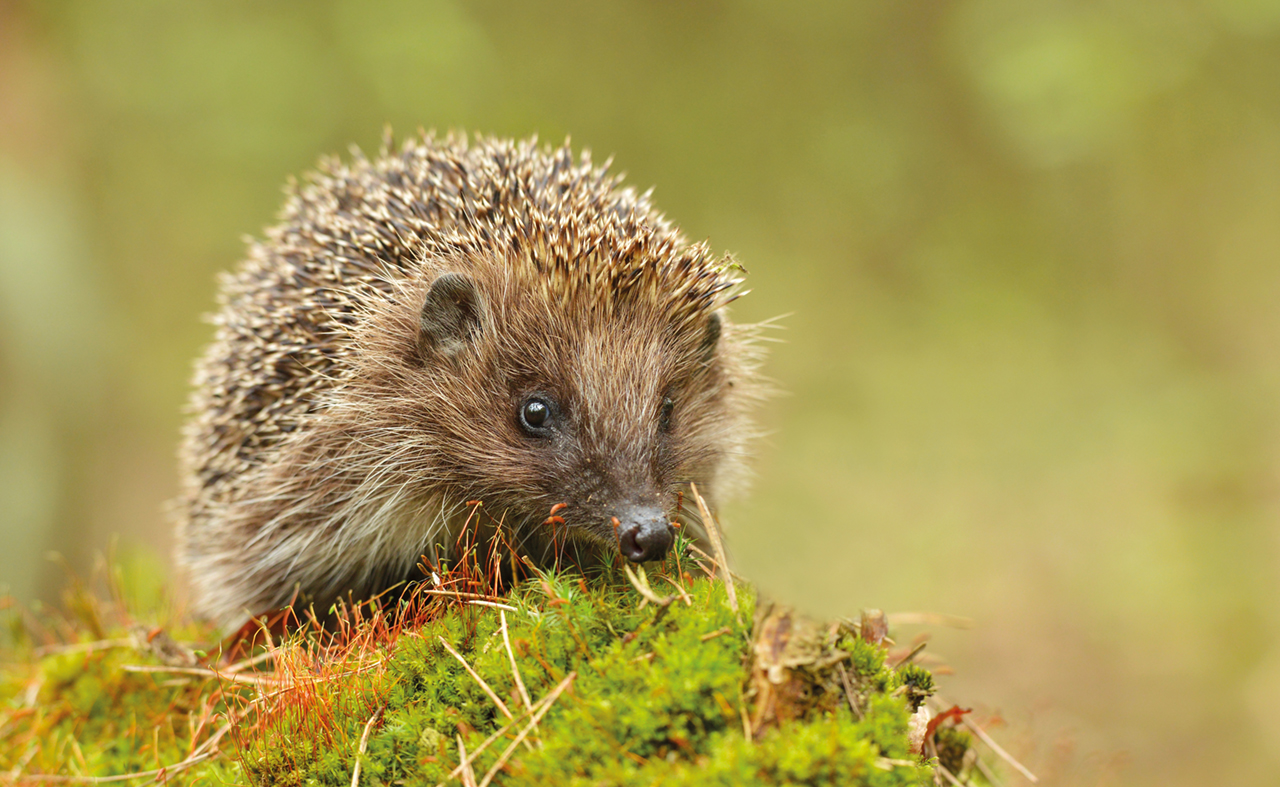What are small and sweet and like untidy gardens? I’ll accept “children” as an answer. But what I really had in mind were hedgehogs.
Hedgehogs are one of the few truly wild mammals that will happily visit your home on a nightly basis. This is probably why they top polls as the nation’s favourite animal. No other is so lovably able to be approached, marvelled at, fed and then watched pootling amiably away. So it is alarming and perplexing that they are disappearing. Data suggest that we have lost 70 per cent of our hedgehogs in the last three decades. We are in the midst of a vanishing hedgehog crisis.
The obvious question is what is causing the decline, and can we please get it to stop? The causes are tricky to tease apart. I have dedicated a whole book, Ghosts in the Hedgerow, to investigating the evidence. To cut short a twisty tale of surprise reveals and red herrings (note: not literal fish), there are many contributing factors. A huge one, though, has been that in four short decades Britain destroyed enough hedgerow to wrap around the circumference of the Earth 15 times. This, coupled with catastrophic declines in the diversity and abundance of invertebrates, has made British farmland a hard place to be a hedge-dwelling invertebrate-eater.
Our villages, towns and cities are becoming hedgehogs’ last refuges. The good news is that they decline more slowly in urban areas than in the country at large. The bad news is that they are still declining. Parks and gardens should be brilliant. They are warm, sheltered, protected from predators, filled with munchable invertebrates and nesting sites, as well as kindly homeowners who leave out food and water. But green spaces are no use if hedgehogs can’t get at them. I live in a classic back-to-back terrace in Oxford and have never seen a hedgehog in my garden. My friends on the next street, though, see them every night. Our houses are identical but for one key difference: the gardens on my street are divided by nice new fences, whereas a path runs between the gardens of my friends’ street, granting vital hedgehog access. There are 22.7 million gardens in the UK, which could support up to 139,000 hedgehogs. But currently only a fraction of those gardens are likely to be available.
Impenetrable fences are one symptom of a worrying modern fetish. Day by day the insidious forces of tidiness and convenience are devaluing urban areas for wildlife: a fence here, a patio there, slug pellets, a shed on a concrete base, some decking, perhaps a patch of artificial turf. All of it squeezes out space for wild creatures, especially hedgehogs.
To halt the decline of our most loved mammal, we must start at home. The solution is quick, simple and easy. Cut a small hedgehog hole in each fence panel, and leave a patch of your garden to go wild. Chat with your neighbours and ask them to do the same. And that’s it. Mostly it means doing less work, and in the process making our gardens lusher and more beautiful and less boring for our children (who love thriving untidiness as much as hedgehogs do). So why not please the kids and stop the decline in hedgehogs? It really is something that you can do.
If you want to get involved, here’s a handy four-point hedgehog plan:
1) Let hedgehogs in. Create “hedgehog highways” (holes the size of a CD case) between your neighbour’s garden and yours.
2) Make hedgehogs welcome. Build or buy a hedgehog house and provide food – cat or dog food, or specialist hedgehog food available from supermarkets. And don’t forget to provide water.
3) Think hedgehog safety. Check grass before strimming, avoid slug pellets and ensure netting is above hedgehog height.
4) Garden for wildlife. Install bee boxes, bird boxes, wildflower patches and leave untidy bits and log piles. Don’t forget to look after the slithery, scuttley and slimy brigade that your hedgehog likes to eat.
More information and resources are available from Hedgehog Street and the British Hedgehog Preservation Society.
Ghosts in the Hedgerow by Tom Moorhouse is published by Doubleday



Leave a reply
Your email address will not be published.